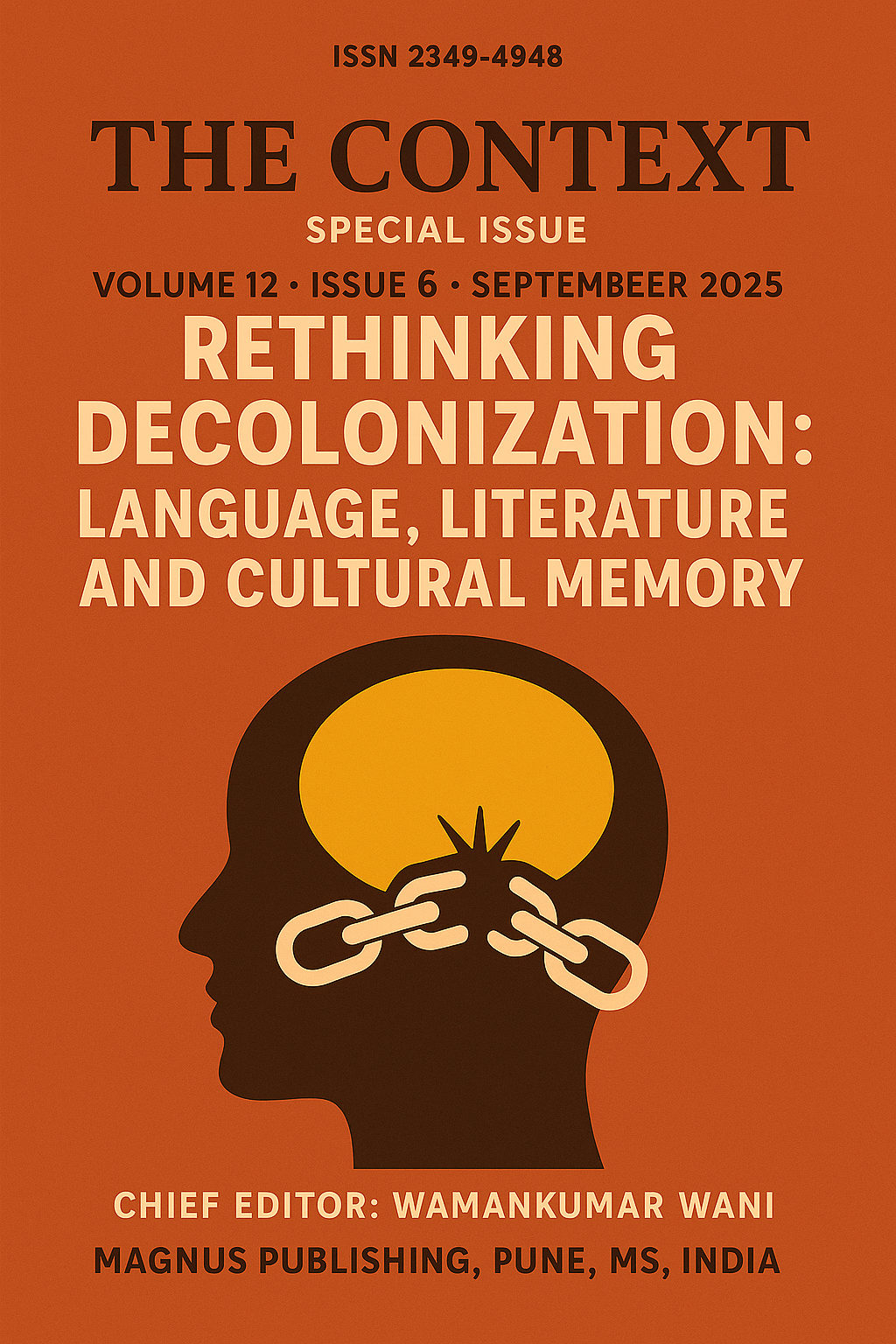An Intersectional Political Black Feminist Reading of Assata Shakur’s Life and Legacy
https://doi.org/10.5281/zenodo.17059781
Keywords:
Intersectionality, Black Feminism, Black Panther, IncarcerationAbstract
Assata Shakur's life and legacy continue to inspire critical discourse on intersectionality and the complexities of Black feminism in the context of systemic oppression. Her experiences highlight the interconnected nature of race, gender, and class, making her a pivotal figure in understanding the broader implications of Black liberation struggles. Her story not only reflects the challenges faced by Black women but also underscores the need for solidarity in collective movements for liberation and social change. This paper employs an intersectional Political Black Feminist framework to analyse the life and enduring legacy of Assata Shakur. Positioning Shakur not only as a Black liberation icon but as a critical embodiment of interconnected systemic oppression, it argues that her experiences—including state persecution, imprisonment, reproductive injustice, and exile exemplify the core tenets of Political Black Feminism’s analysis. Shakur’s narrative is read as a transatlantic case study illuminating these dynamics: her targeting by COINTELPRO underscores the state’s criminalisation of Black women revolutionaries; the forcible separation from her child exemplifies reproductive control as state violence; and her intellectual work articulates the inseparability of racial, gender, and class liberation. Shakur’s legacy transcends individual biography, revealing how the intersectional praxis of Political Black Feminism provides essential tools for understanding resistance against interlocking systems of power. Her life underscores the necessity of autonomous struggle, solidarity across diasporic lines, and a relentless critique of the state, affirming that Black women’s lived realities remain central to global liberation movements.
Downloads
Downloads
Published
How to Cite
Issue
Section
License
Copyright (c) 2025 The Context

This work is licensed under a Creative Commons Attribution 4.0 International License.






